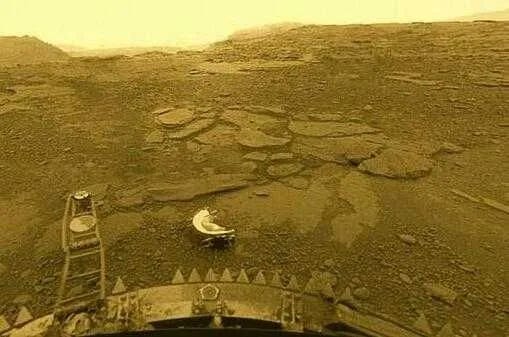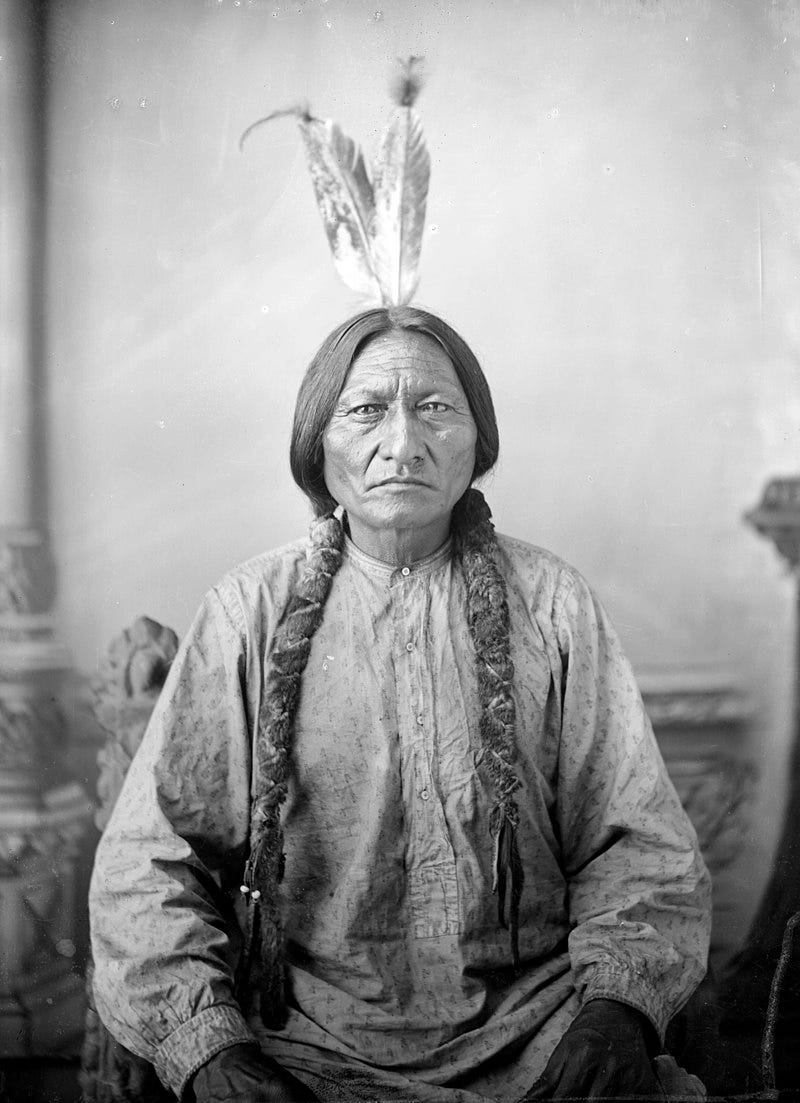December 15 》Exploring History, Culture, and Beyond
On This Day - From The Bill of Rights to Venus Landing: A Traveler's Tale.
Once again, the day here in Santo Domingo begins with the familiar crow of a rooster, a sound that has become a comforting constant in the early mornings here. The city slowly awakens, with the hum of motorcycles and the murmur of Spanish conversations filling the air.
It’s a cool early morning here in Santo Domingo, just 71 degrees Fahrenheit. Not the temperature I wish for considering the kids want to swim later.
Today, we embark on a journey across the country, an adventure that promises new sights and experiences. As I steal these quiet moments for writing, I reflect on the historical events of December 15th and how they resonate with our own travels:
1791 – The United States Bill of Rights becomes law: On this day, the first ten amendments to the U.S. Constitution were ratified, a cornerstone of American democracy and individual freedoms.
As we travel across the Dominican Republic, I'm reminded of the universal values of liberty and justice, and how they manifest differently in various cultures.
1890 – Hunkpapa Lakota leader Sitting Bull is killed: The tragic end of Sitting Bull, a symbol of resistance and native American rights, is a powerful reminder of the struggles and resilience of indigenous peoples.
The tragic demise of Sitting Bull, a revered Hunkpapa Lakota leader, reverberated through history as a symbol of unwavering resistance and the relentless fight for Native American rights.
Sitting Bull's life and ultimate sacrifice serve as a powerful reminder of the formidable struggles and enduring resilience displayed by indigenous peoples across the American continent.
Here, in the heart of the Dominican Republic, one cannot help but reflect on the parallel histories of indigenous heritage that persist beneath the layers of time.
While the Taino people's presence may have been obscured by centuries of colonization and cultural evolution, their enduring legacy lingers as a stark reminder of this island's pre-Columbian roots and the trampled existence of those before.
As we traverse this vibrant land, the echoes of indigenous traditions and customs resonate in the customs, art, and traditions of the Dominican people.
The very spirit of the Taino people, who once thrived here, continues to weave itself into the fabric of contemporary Dominican culture. It is a testament to the resilience and enduring spirit of indigenous communities, a legacy that persists even in the face of historical challenges.
In connecting Sitting Bull's story to the Dominican Republic's indigenous heritage, we are reminded of the enduring importance of preserving and celebrating the cultural legacies of native peoples worldwide.
Their history, struggles, and contributions shape the diverse blend of our global society, offering invaluable lessons in resilience and the importance of cultural heritage.
1939 – "Gone with the Wind" premieres in Atlanta, Georgia: This iconic film's release marks a significant cultural moment.
Just as the film portrayed a changing world, here in the Dominican Republic, I witness a seamless blend of tradition and modernity, creating a unique cultural landscape.
1970 – The Soviet spacecraft Venera 7 successfully lands on Venus: On this day in 1970, the Soviet spacecraft Venera 7 made history as it became the first spacecraft to soft land on another planet, specifically Venus, and transmit data back to Earth.
Venera 7 entered the atmosphere of Venus, enduring extreme conditions before its eventual landing. Despite initial silence upon impact, the probe transmitted crucial information, including the surface temperature of Venus, which was estimated to be around 475 °C (887 °F).
The mission provided insights about the Venusian surface and atmosphere, confirming the absence of liquid water and the inhospitality of the planet to human life.
This remarkable achievement not only marked a significant moment in the Cold War-era space race but also ignited popular imagination about the possibilities of life beyond Earth.
For example, the 1950 science fiction film "Rocketship X-M," in which a crew of astronauts lands on what they believe to be Mars but is actually Venus. In the movie, they discover a hostile alien civilization, demonstrating the idea of Venus as a possible home for extraterrestrial life.
While Hollywood had long depicted Venus as a potential haven for extraterrestrial life in science fiction, the Venera missions had different objectives.
The primary goal of the Soviet Venera mission was to explore and study Venus, unraveling the scientific mysteries of this neighboring planet. These missions were a demonstration of the Soviet Union's technological flexing and its ambition to lead in space exploration.
The Venera missions aimed to collect crucial scientific data about Venus, delving into its atmospheric conditions, extreme temperatures, crushing pressure, and surface features. These findings provided invaluable insights into Venus's geology and composition, shedding light on its inhospitable environment.
However, the popular buzz surrounding Venus was different from the Hollywood portrayals. Science fiction had long speculated about Venus as a potential home to alien civilizations or exotic life forms. Venera 7's landing, while not focused on the search for extraterrestrial life, stirred the imagination of people worldwide and sparked conversations about the mysteries that might lie within our solar system.
In the big picture of the space race, the Venera missions were a testament to human achievement, showcasing the Soviet Union's capabilities in spacecraft design, navigation, and interplanetary communication. They added another chapter to the ongoing competition between superpowers.

The historic landing of Venera 7 on Venus on this day in 1970 was a defining moment in space exploration, captivating the world's attention and fueling discussions about the possibility of life beyond Earth.
While Hollywood had woven tales of Venusian life in the realm of fiction, the Venera missions revealed the real harshness of the planet and its place in the exciting backdrop of the space race.
Back here on Earth on December 15, 2023, exploring new parts of this beautiful Caribbean island, we embrace the spirit of discovery that has driven humans to explore, from the depths of the ocean to the far reaches of space.
As the first hints of dawn begin to lighten the sky here for me, we now prepare for our day of travel. The early hours in Santo Domingo are a time of reflection and anticipation, a bridge between the rich history of our world and the personal stories we continue to write each day.


